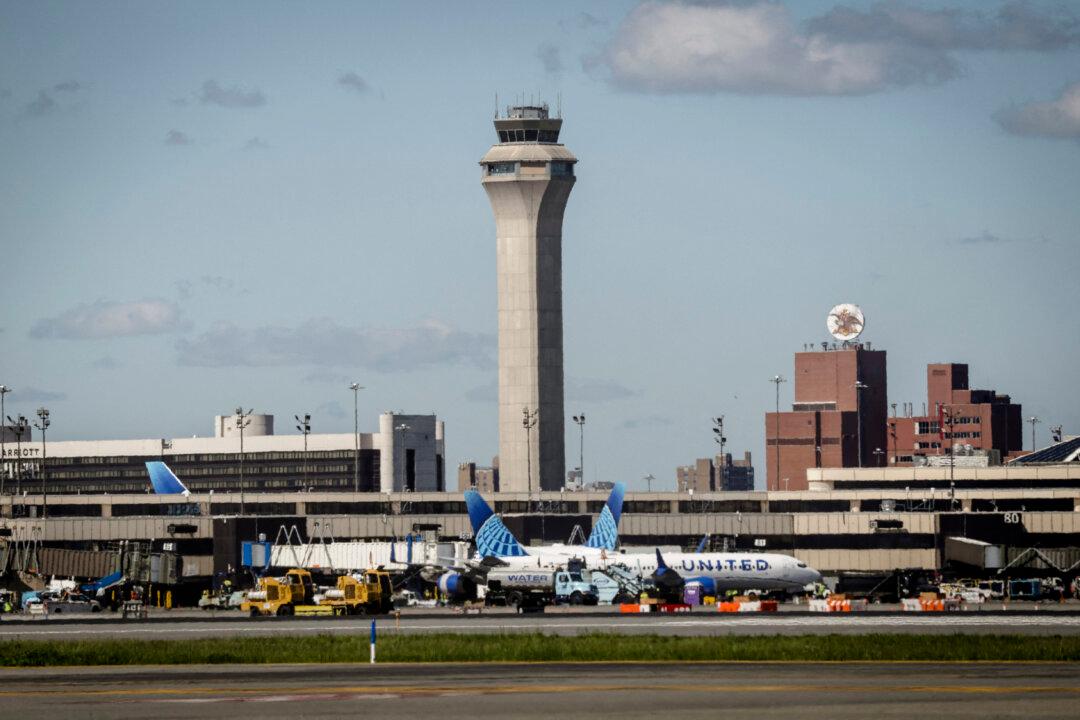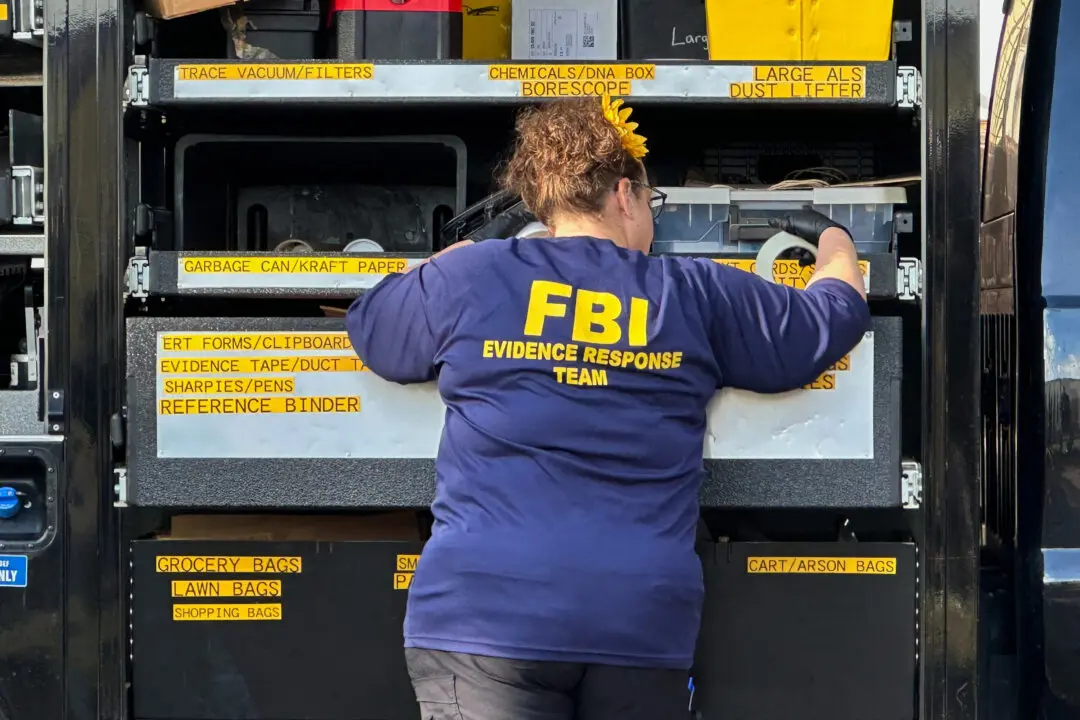Newark Liberty International Airport in New Jersey experienced another air traffic equipment outage on May 11, causing the Federal Aviation Administration (FAA) to issue a temporary ground stop for all flights bound for the airport.
The ground stop halted flights from taking off if their destination was Newark, and it lasted roughly 45 minutes, according to FAA air traffic advisories.





